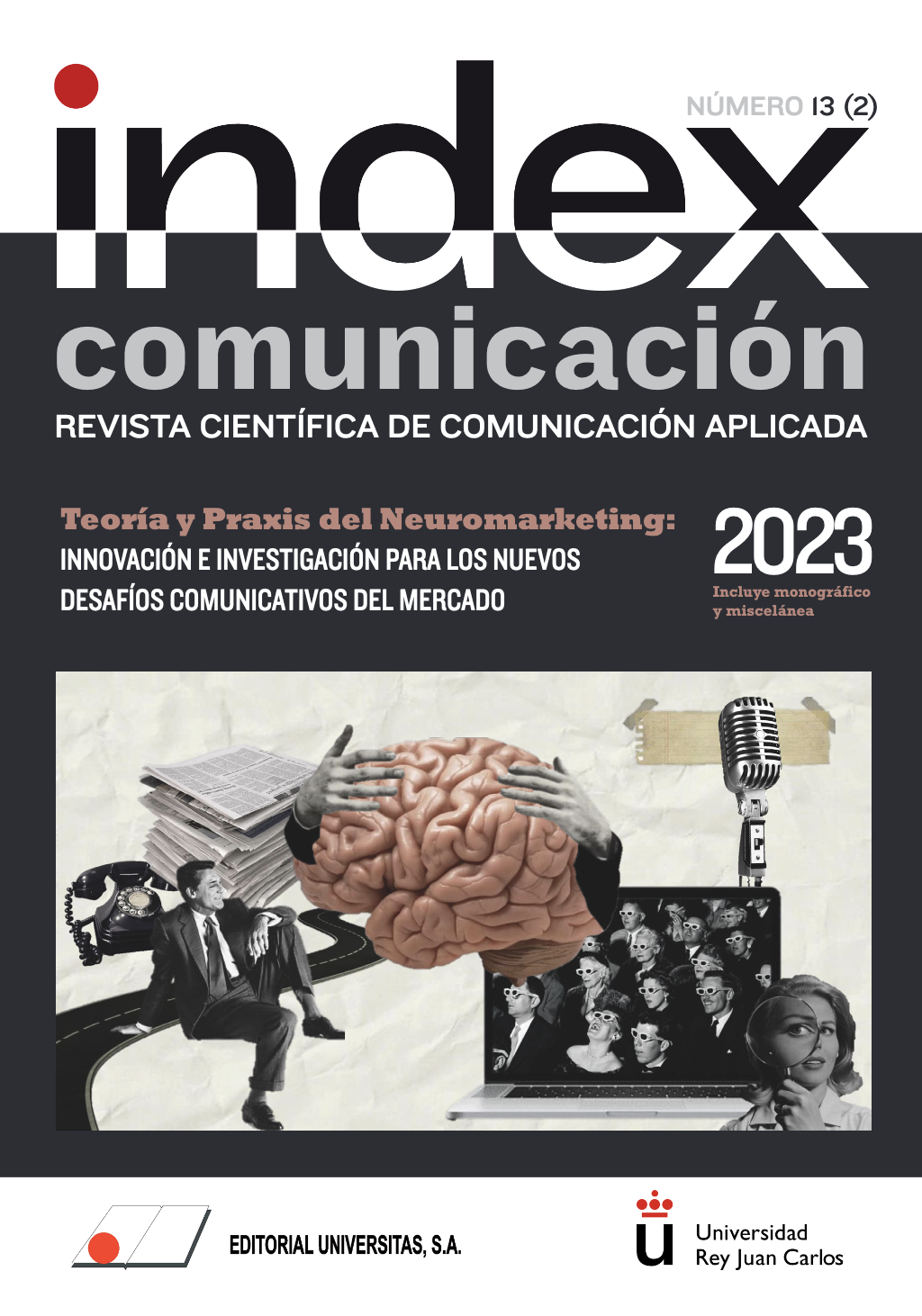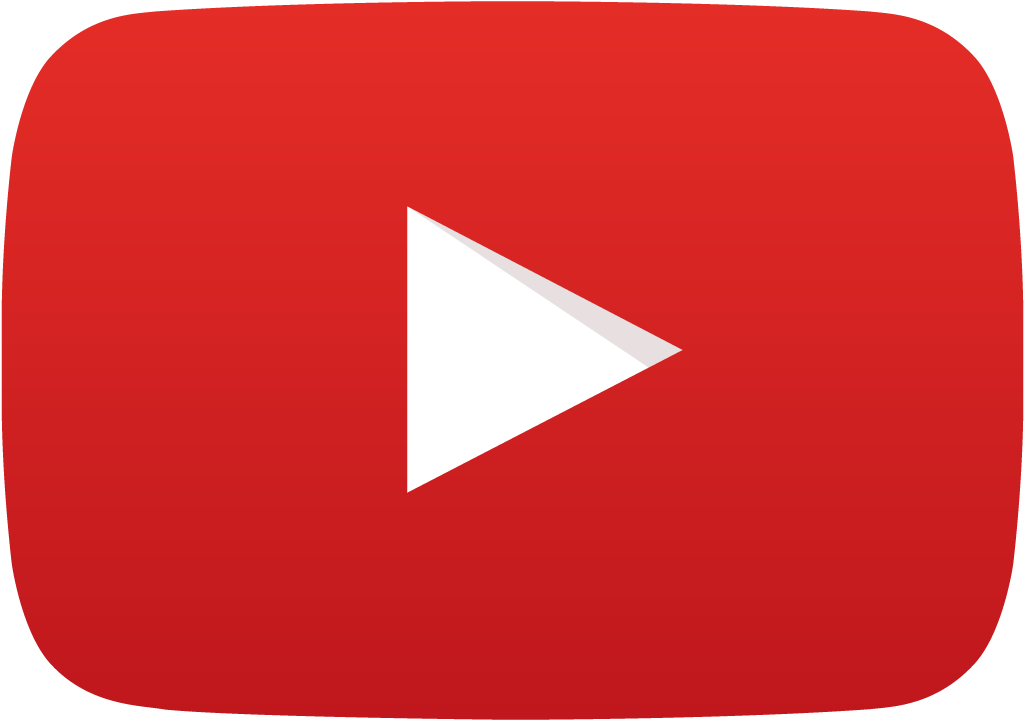Tendencias emergentes en 'neuromarketing': análisis Bibliométrico con CiteSpace (2017-2021)
DOI:
https://doi.org/10.33732/ixc/13/02TendenPalabras clave:
Neuromarketing, análisis bibliométrico, mapeo de conocimiento, CiteSpace, Scopus, Web of ScienceResumen
Neuromarketing es un término que se ha utilizado con frecuencia en los artículos de investigación en los últimos años. El objetivo de esta investigación es revelar los puntos críticos y las tendencias de la investigación en neuromarketing con un análisis bibliométrico y visual basado en 972 artículos publicados entre 2017 y 2021 en Scopus y Web of Science Core Collection con el software CiteSpace, que incluyó la distribución temporal de los artículos publicados, co-ocurrencia de autores de investigación científica, instituciones, palabras clave, regiones y análisis de palabras claves emergentes. El número de trabajos académicos en este campo ha mostrado una tendencia de crecimiento continuo en esta media década y alcanzó su punto máximo en 2021. Los países más productivos, como EE.UU. y China, mostraron una red de cooperación internacional menor, mientras que los países europeos Reino Unido, España y Suiza tuvieron un desempeño relativamente activo. Se estima que la investigación se centrará en el reconocimiento y la emoción de los sujetos, mientras que la publicidad, el producto y la preferencia del consumidor seguirán siendo el foco de investigación.
Métricas
Citas
ABI-RACHED, J. M. & ROSE, N. (2010). The Birth of the Neuromolecular Gaze. History of the Human Science, 23(1), 11-36. doi.org/10.1177/0952695109352407
AGARWAL, S. & DUTTA, T. (2015). Neuromarketing and consumer neuroscience: current understanding and the way forward. Decision, 42(4), 457-462. doi.org/10.1007/s40622-015-0113-1
AHLERT, D., KENNING, P. & PLASSMANN, H. (2006). International Advertising and Communication, A window to the consumer's mind: Application of functional brain imaging techniques to advertising research. Springer.
ANDREASSI, J. L. (2007). Psychophysiology. Human behavior & physiological response (5th ed.). Lawrence Erlbaum.
ARIELY, D. & BERNS, G. S. (2010). Neuromarketing: The hope and hype of neuroimaging. Business. Nature Reviews Neuroscience, 11, 284-292. doi.org/10.1038/nrn2795
BAKARDJIEVA, E. & KIMMEL, A. J. (2017). Neuromarketing Research Practices: Attitudes, Ethics, and Behavioral Intentions. Ethics & Behavior, 27(3), 179-200. doi.org/10.1080/10508422.2016.1162719
BERNS, G. S. & MOORE, S. (2012). A neural predictor of cultural popularity. Journal of Consumer Psychology, 22, 154-160. doi.org/10.1016/j.jcps.2011.05.001
BORNMANN, L. (2014). How are excellent (highly cited) papers defined in bibliometrics? A quantitative analysis of the literature. Research Evaluation, 23(2), 166-173. doi.org/10.1093/reseval/rvu002
CASTILLO-ABDUL, B., ROMERO-RODRÍGUEZ, L. M. & PÉREZ-RODRÍGUEZ, M. A. (2020). Branded Content in Fashion Research: Bibliometric analysis by correlations. Academy of Marketing Studies Journal, 24(1), 1-7. https://bit.ly/3dxBCph
CHEN, C. (2013). Mapping Scientific Frontiers. Springer. doi.org/10.1007/978-1-4471-5128-9
CHEN, C. (2006). CiteSpace II: Detecting and visualizing emerging trends and transient patterns in scientific literature. Journal of the American Society for Information Science and Technology, 57(3), 359-377. doi.org/10.1002/asi.20317
CUESTA, U., MARTÍNEZ-MARTÍNEZ, L. & NIÑO, J. I. (2018). A Case Study in Neuromarketing: Analysis of the Influence of Music on Advertising Effectivenes through Eye-Tracking, Facial Emotion and GSR. European Journal of Social Science Education and Research, 5(2), 84-92. doi.org/10.26417/ejser.v5i2.p84-92
CUESTA-CAMBRA, U., MAÑAS-VINIEGRA, L., NIÑO-GONZÁLEZ, J. I. & MARTÍNEZ-MARTÍNEZ, L. (2019). El procesamiento cognitivo de la autorregulación publicitaria de los juegos de azar online en estudiantes universitarios. Revista Mediterránea de Comunicación, 10(2), 147-162. doi.org/10.14198/MEDCOM2019.10.2.4
DE SOLLA PRICE, D. J. (1965). Networks of scientific papers. Science, 149(3683), 510-515. doi.org/10.1126/science.149.3683.510
DUQUE-HURTADO, P., SAMBONI-RODRIGUEZ, V., CASTRO-GARCIA, M., MONTOYA-RESTREPO, L. A. & MONTOYA-RESTREPO, I. A. (2020). Neuromarketing: Its current status and research perspectives. Estudios Gerenciales, 36(157), 525-539. doi.org/10.18046/j.estger.2020.157.3890
FORTUNATO, V. C. R., GIRALDI, J. D. M. E. & DE OLIVEIRA, J. H. C. (2014). A Review of Studies on Neuromarketing: Practical Results, Techniques, Contributions and Limitations. Journal of Management Research, 6(2), 201-220. doi.org/10.5296/jmr.v6i2.5446
GAZZANIGA, M., IVRY, R., MANGUN, G. & GAZZANIGA, R. (2019). Cognitive neuroscience. Norton & Company.
HARRIS, J. M., CIORCIARI, J. & GOUNTAS, J. (2018). Consumer neuroscience for marketing researchers. Journal of Consumer Behaviour, 17(3), 239-252. doi.org/10.1002/cb.1710
JAVOR, A., KOLLER, M., LEE, N., CHAMBERLAIN, L. & RANSMAYR, G. (2013). Neuromarketing and consumer neuroscience: Contributions to neurology. BMC Neurology, 13, e13. doi.org/10.1186/1471-2377-13-13
KENNING, P., PLASSMANN, H. & AHLERT, D. (2007). Applications of functional magnetic resonance imaging for market research. Qualitative Market Research: An International Journal, 10(2), 135-152. doi.org/10.1108/13522750710740817
KLEINBERG, J. (2003). Bursty and Hierarchical Structure in Streams. Data Mining and Knowledge Discovery, 7(4), 373-397. doi.org/10.1023/A:1024940629314
LEE, N., CHAMBERLAIN, L. & BRANDES, L. (2018). Welcome to the jungle! The neuromarketing literature through the eyes of a newcomer. European Journal of Marketing, 52(1/2), 4-38. doi.org/10.1108/EJM-02-2017-0122
LEE, N., BRANDES, L., CHAMBERLAIN, L. & SENIOR, C. (2017). This is your brain on neuromarketing: Reflections on a decade of research. Journal of Marketing Management, 33(11-12), 878-892. doi.org/10.1080/0267257X.2017.1327249
LIM, W. M. (2018). Demystifying neuromarketing. Journal of Business Research, 91, 205-220. doi.org/10.1016/j.jbusres.2018.05.036
LYU, D. & MAÑAS-VINIEGRA, L. (2021). Problemas éticos en la investigación con neuromarketing: Una revisión de la literatura. Vivat Academia, 154, 263-283. doi.org/10.15178/va.2021.154.e1351
MA, Q. & WANG, X. (2006). Cognitive Neuroscience, Neuroeconomics and Neuromanagement. Management World, 10, 139-149.
MAÑAS-VINIEGRA, L., VELOSO, A. I. & SIERRA-SÁNCHEZ, J. (2020). Contenidos inmersivos violentos: investigación con eye tracking en jóvenes universitarios en España y Portugal. Profesional de la Información, 29(1), e290108. doi.org/10.3145/epi.2020.ene.08
MCCLURE, S. M., LI, J., TOMLIN, D., CYPERT, K. S., MONTAGUE, L. M. & MONTAGUE, P. R. (2004). Neural correlates of behavioral preference for culturally familiar drinks. Neuron, 44(2), 379-387. doi.org/10.1016/j.neuron.2004.09.019
MCCLURE, S. M., YORK, M. K. & MONTAGUE, P. R. (2004). The neural substrates of reward processing in humans: The modern role of fMRI. Neuroscientist, 10(3), 260-268. doi.org/10.1177/1073858404263526
PLASSMANN, H., RAMSOY, T. Z. & MILOSAVLJEVIC, M. (2012). Branding the brain: A critical review and outlook. Journal of Consumer Psychology, 22, 18-36. doi.org/10.1016/j.jcps.2011.11.010
PLASSMANN, H., VENKATRAMAN, V., HUETTEL, S. & YOON, C. (2015). Consumer neuroscience: Applications, challenges, and possible solutions. Journal of Marketing Research, 52(4), 427-435. doi.org/10.1509/jmr.14.0048
RAMSØY, D. T. Z. (2015). Introduction to Neuromarketing & Consumer Neuroscience. Neurons Inc.
ROBAINA-CALDERÍN, L. & MARTÍN-SANTANA, J. D. (2021). A review of research on neuromarketing using content analysis: Key approaches and new avenues. Cognitive Neurodynamics, 15(6), 923-938.
doi.org/10.1007/s11571-021-09693-y
SINGH, V. K., SINGH, P., KARMAKAR, M., LETA, J. & MAYR, P. (2021). The journal coverage of Web of Science, Scopus and Dimensions: A comparative analysis. Scientometrics, 126(6), 5113-5142.
doi.org/10.1007/s11192-021-03948-5
SCHIMTT, F. O. (1970). Promising Trends in Neuroscience. Nature, 227, 1006-1009. doi.org/10.1038/2271006a0
SMALL, H. (2006). Tracking and predicting growth areas in science. Scintometrics, 68, 595-610. doi.org/10.1007/s11192-006-0132-y
VAN ECK, N. J. (2011). Methodological Advances in Bibliometric Mapping of Science. Erasmus Research Institute of Management. http://hdl.handle.net/1765/26509
VENKATRAMAN, V., DIMOKA, A., PAVLOU, P. A., VO, K., HAMPTON, W., BOLLINGER, B., HERSHFIELD, H. E., ISHIHARA, M. & WINER, R. S. (2015). Predicting advertising success beyond traditional measures: new insights from neurophysiological methods and market response modeling. Journal of Marketing Research, 52(4), 436-452. doi.org/10.1509/jmr.13.0593
VECCHIATO, G., MAGLIONE, A., CHERUBINO, P., WASIKOWSKA, B., WAWRZYNIAK, A. & LATUSZYNSKA, A. (2014). Neurophysiological Tools to Investigate Consumer’s Gender Differences during the Observation of TV Commercials. Computational and Mathematical Methods in Medicine, 2014, e912981. doi.org/10.1155/2014/912981
YAN, L. (2011). An Analysis of the Research Status of Neuromarketing. Foreign Economics & Management, 33(5), 25-27.
Publicado
Cómo citar
Número
Sección
Licencia
Derechos de autor 2023 Dongye Lyu, Luis Mañas-Viniegra (Autor/a)

Esta obra está bajo una licencia internacional Creative Commons Atribución-NoComercial 4.0.
Los autores que publican en esta revista están de acuerdo con los siguientes términos:
Los autores conservan los derechos de autor y garantizan a la revista el derecho de ser la primera publicación del trabajo al igual que licenciado bajo una Licencia Creative Commons Atribución-NoComercial 4.0 Internacional que permite a otros compartir el trabajo con un reconocimiento de la autoría del trabajo y la publicación inicial en esta revista, sin finalidad comercial.
Los autores pueden establecer por separado acuerdos adicionales para la distribución no exclusiva de la versión de la obra publicada en la revista (por ejemplo, situarlo en un repositorio institucional o publicarlo en un libro), con un reconocimiento de su publicación inicial en esta revista.
Se permite y se anima a los autores a difundir sus trabajos electrónicamente (por ejemplo, en repositorios institucionales o en su propio sitio web) antes y durante el proceso de envío, ya que puede dar lugar a intercambios productivos, así como a una citación más temprana y mayor de los trabajos publicados (Véase The Effect of Open Access) (en inglés).















